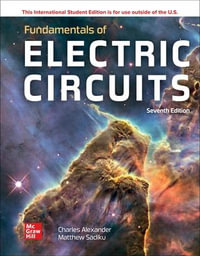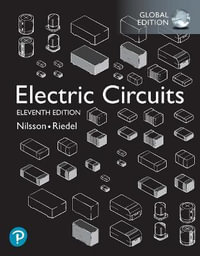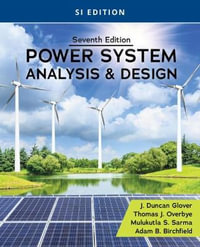| Introduction: the issues | |
| Introduction | |
| Rewards and punishers | |
| Approaches to emotion and motivation | |
| Outline | |
| The nature of emotion | |
| Introduction | |
| A theory of emotion | |
| Different emotions | |
| Refinements of the theory of emotion | |
| The classification of emotion | |
| Other theories of emotion | |
| Individual differences in emotion, personality and emotional intelligence | |
| Cognition and emotion | |
| Emotion, motivation, reward and mood | |
| The concept of emotion | |
| Advantages of the approach | |
| The functions of emotion: reward, punishment and emotion in brain design | |
| Introduction | |
| Brain design and the functions of emotion | |
| Selection of behaviour: cost-benefit 'analysis' | |
| Further functions of emotion | |
| The functions of emotion in an evolutionary, Darwinian, context | |
| The functions of motivation in an evolutionary, Darwinian, context | |
| Are all goals for action gene-specified? | |
| The brain mechanisms underlying emotion | |
| Introduction | |
| Overview | |
| Representations of primary reinforcers | |
| Representing potential secondary reinforcers | |
| The orbitofrontal cortex | |
| The amygdala | |
| The cingulate cortex | |
| Human brain imaging investigations of mood and depression | |
| Output pathways for emotional responses | |
| Effects of emotion on cognitive processing and memory | |
| Laterality effects in human emotional processing | |
| Summary | |
| Hunger | |
| Introduction | |
| Peripheral signals for hunger and satiety | |
| The control signals for hunger and satiety | |
| The brain control of eating and reward | |
| Obesity, bulimia and anorexia | |
| Conclusions on reward, affective responses to food, and the control ofappetite | |
| Thirst | |
| Introduction | |
| Cellular stimuli for drinking | |
| Extracellular thirst stimuli | |
| Control of normal drinking | |
| Reward and satiety signals for drinking | |
| Summary | |
| Brain-stimulation reward | |
| Introduction | |
| The nature of the reward produced | |
| The location of brain-stimulation reward sites in the brain | |
| The effects of brain lesions on intracranial self-stimulation | |
| The neurophysiology of reward | |
| Some of the properties of brain-stimulation reward | |
| Stimulus-bound motivational behaviour | |
| Conclusions | |
| Apostasis | |
| Pharmacology of emotion, reward and addiction; the basal ganglia | |
| Introduction | |
| The noradrenergic hypothesis | |
| Dopamine and reward | |
| The basal ganglia | |
| Opiate reward systems, analgesia, and food reward | |
| Pharmacology of depression in relation to brain systems involved in emotion | |
| Pharmacology of anxiety in relation to brain systems involved in emotion | |
| Cannabinoids | |
| Overview of behavioural selection and output systems involved in emotion | |
| Sexual behaviour, reward and brain function; sexual selection of behaviour | |
| Introduction | |
| Mate selection, attractiveness and love | |
| Parental attachment, care and parent-offspring conflict | |
| Sperm competition | |
| Concealed ovulation and its consequences for sexual behaviour | |
| Sexual selection of sexual and non-sexual behaviour | |
| Individual differences in sexual rewards | |
| The neural reward mechanisms that might mediate some aspects of sexualbehaviour | |
| Neural basis of sexual behaviour | |
| Conclusion | |
| Emotional feelings and consciousness: a theory of consciousness | |
| Introduction | |
| A theory of consciousness | |
| Dual routes to action | |
| Representations | |
| Discussion | |
| Conclusions and comparisons | |
| Conclusions and broader issues | |
| Conclusions | |
| Decision-making | |
| Emotion and ethics | |
| Emotion and literature | |
| Close | |
| Neural networks and emotion-related learning | |
| Reward reversal in the orbitofrontal cortex - a model | |
| Table of Contents provided by Publisher. All Rights Reserved. |
























